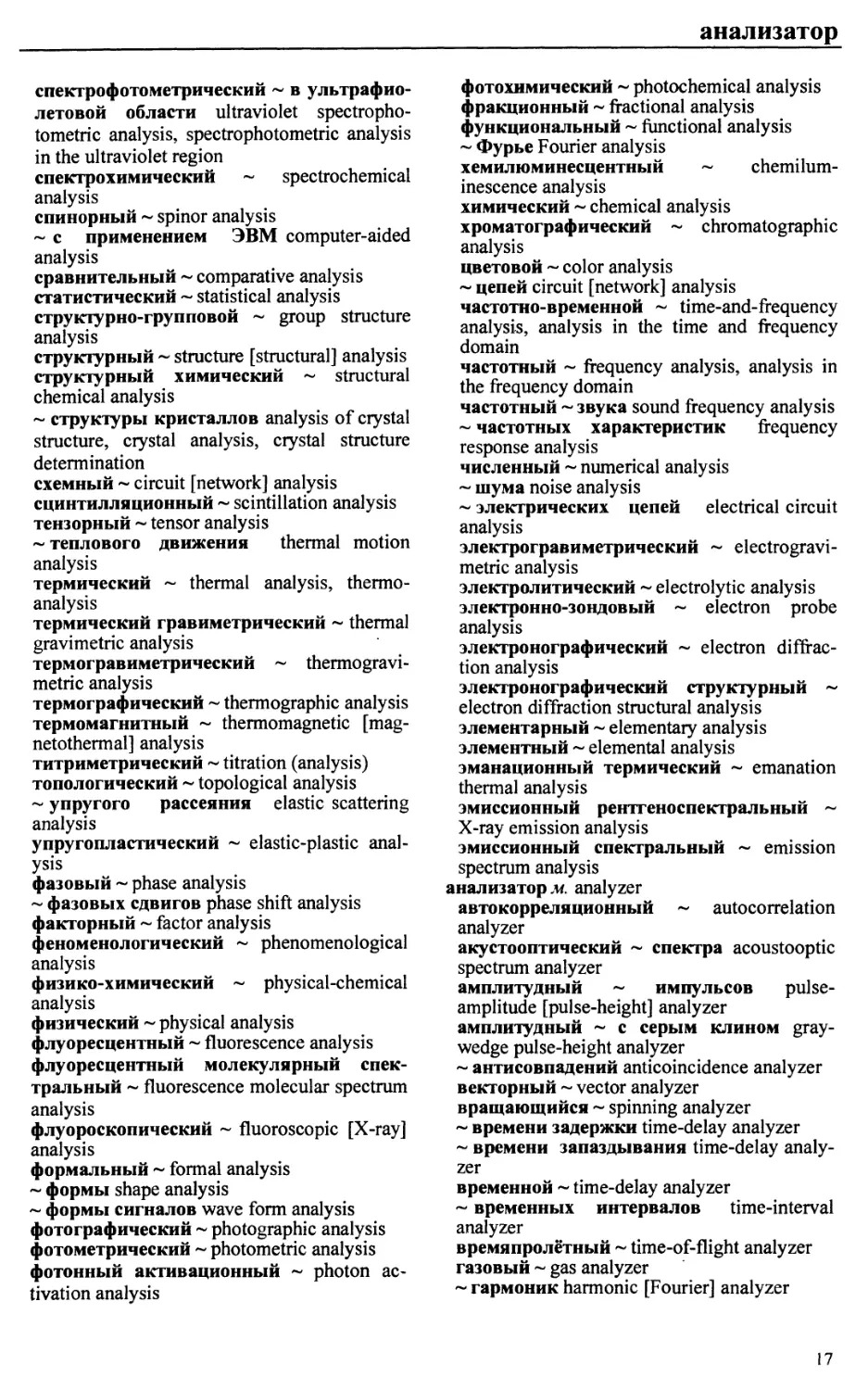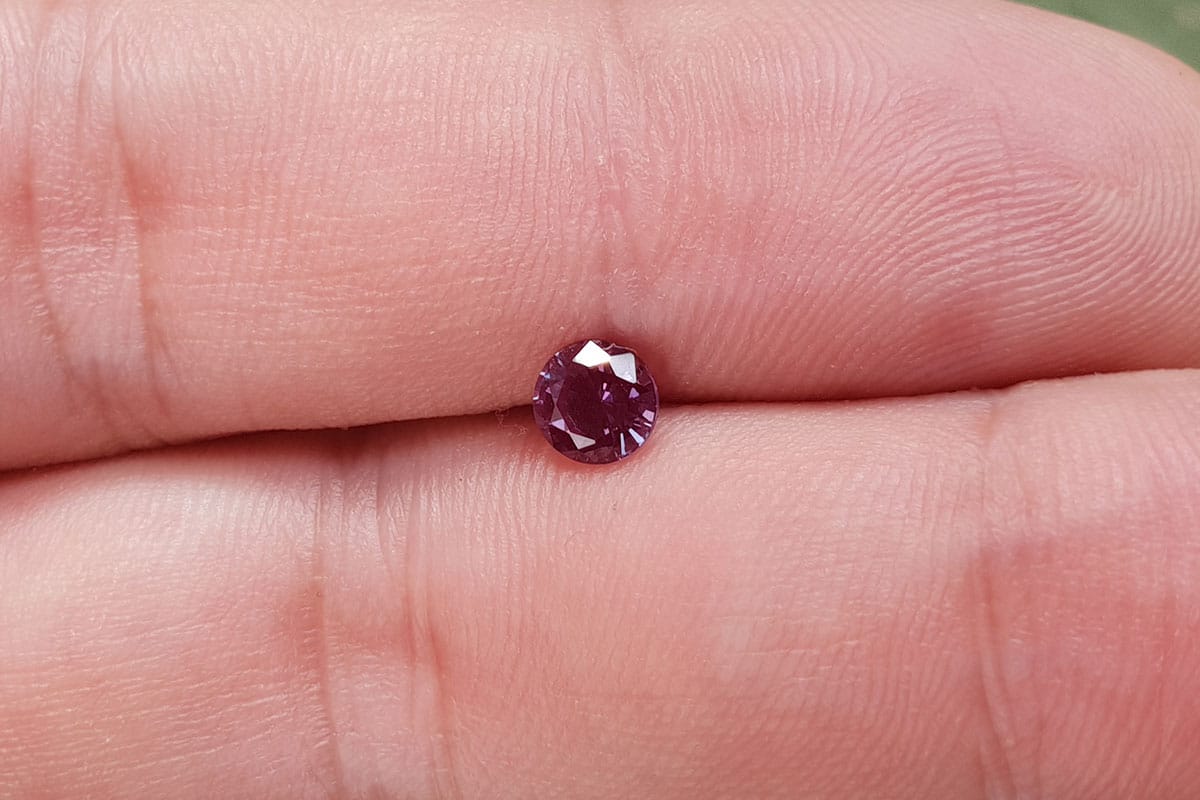
Synthetic Alexandrite - Stretched - Czochralski - Crystal Rise - Video
Contents:

Alexandrite is one of the most amazing stones.
Buy natural gemstones in our gemstone shop
synthetic alexandrite
The main difference between alexandrite and other gemstones is its unique ability to change color depending on the ambient light. Alexandrite is bluish green or grass green when white artificial fluorescent lighting is used, but turns purple or ruby red in sunlight or candlelight.
This phenomenon is called the alexandrite effect and is commonly used with other minerals that can change color. For example, garnets that can change color are also called alexandrite garnets.
Alexandrite is a variety of the mineral chrysoberyl. The unusual color change effect is due to the presence of chromium ions in the crystal lattice. Currently, natural alexandrite is considered one of the most beautiful and rare gemstones.
Of course, this has led to fakes appearing on the market that only slightly resemble the original stone, as they do not reflect the beautiful effect of color change and the play of light inside natural alexandrite. Corundum fakes are very common.
Czochralski process (pulled out)
The Czochralski process is a crystal growth method used to produce single crystals of semiconductors (eg silicon, germanium and gallium arsenide), metals (eg palladium, platinum, silver, gold), salt and synthetic gemstones. The process is named after the Polish scientist Jan Czochralski, who invented the method in 1915 while studying the rate of crystallization of metals.
He made this discovery by chance, while investigating the rate of crystallization of metals, when instead of dipping a pen into ink, he did so in molten tin and traced a tin thread, which later turned out to be a single crystal.
The most important application may be the growth of large cylindrical ingots or spheres of single crystal silicon used in the electronics industry to produce semiconductor devices such as integrated circuits.
Other semiconductors such as gallium arsenide can also be grown by this method, although lower defect densities in this case can be obtained using variants of the Bridgman-Stockbarger method.
Synthetic alexandrite - Czochralski
Formula: BeAl2O4:Cr3+
Crystal system: orthorhombic
Hardness (Mohs): 8.5
Density: 3.7
Refractive index: 1.741-1.75
Dispersion: 0.015
Included: free meals. (key selection from natural alexrite: mists, cracks, holes, multiphase inclusions, quartz, biotite, fluorite)
Leave a Reply